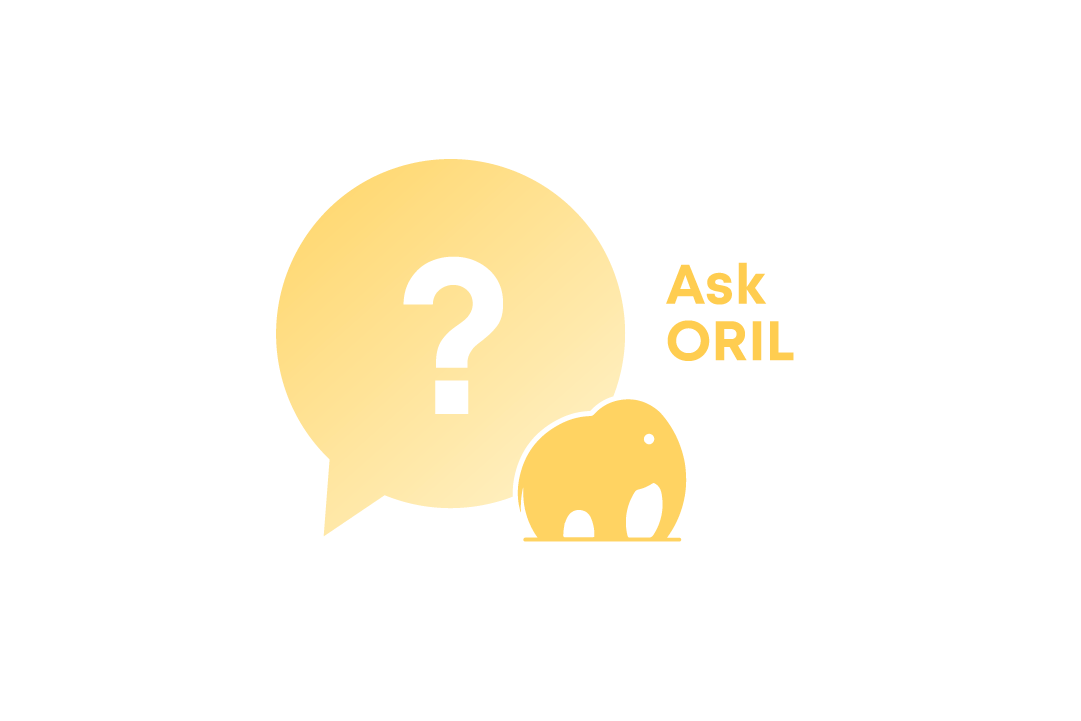Welcome to “Ask ORIL” – our dedicated Q&A series designed to address the queries of our esteemed clients and those curious about our software development expertise. Whether you’re seeking insights or guidance, your questions are important to us. So, ask away and let our experts guide you!
Let’s kick things off by delving into the nuances of project estimation and the timelines involved in software development.
Estimating a software development project is the first step in any collaboration between a technology provider and a client. At ORIL, our estimation process is enriched not only by our technological prowess but also by our industry and domain experience, be it web, mobile apps, or other platforms. Our iterative development approach allows us to anticipate and adapt to changes or amendments that might be needed as the project unfolds.
Furthermore, our extensive experience in risk assessment ensures that potential challenges are identified and mitigated early on. By adopting a collaborative approach, we engage deeply with our clients, extracting as much information as possible to ensure a comprehensive understanding of their needs. This holistic methodology ensures that we deliver products perfectly aligned with our client’s requirements.”
#1 What Influences Project Estimation and Software Development Timelines?
The estimation is based on the client’s core requirements and their current stage in the software development lifecycle (SDLC). Clients could be at various SDLC stages, each demanding distinct strategies. For instance, while some clients might be starting entirely from square one, others could be working off of preliminary concepts, or they may already possess a product design and an MVP, looking for additional development. We’ll delve into these scenarios further:
1. Estimating product development from ground up:
Our project estimation begins in the design phase, with in-depth research, requirement gathering, and competitive analysis. This deep dive gives us a clear insight into the specific challenges. Following this thorough analysis, we first provide a detailed and accurate cost estimate for the Minimum Viable Product (MVP) that encompasses essential features. Based on this estimate, ORIL then proceeds to design of a software product. The client reviews the design and provides feedback, influencing the subsequent development stages. Furthermore, during this design phase, we also provide approximate timelines for post-MVP releases.
2. Estimating product development using a pre-existing design plan:
In this scenario, our development team starts by meticulously analyzing any existing designs or requirements. After this initial analysis, we improve or modify the design to better align with the client’s vision. With the design cemented, we chart out a development roadmap, detailing release phases, timelines for the MVP, and rough projections for further enhancements post-MVP. With the roadmap and estimates in place, we proceed to implement the MVP. Simultaneously, we continue to refine post-MVP functionalities and designs as needed.
3. Estimating product development leveraging existing codebase or MVP components:
In this scenario, we examine the client’s codebase in order to evaluate the code quality, current integrations, and progress made. This allows us to pinpoint outstanding tasks crucial to aligning the product with the client’s specifications and vision. Consequently, this facilitates a more streamlined planning for the subsequent developmental stages.
It’s crucial to emphasize that every project’s timeline is inherently distinct, influenced by variables like project complexity, specified needs, functionalities, and any set deadlines. The specific time for project completion can only be determined after our development team finishes the discovery phase and thoroughly investigates the project scope.
To Sum Up
Before starting any software project, it’s essential to have a clear idea of the resources involved. This ensures that both our clients and development teams have aligned expectations. It’s not just about the money; it’s about planning resources, time, and all the steps needed to create and launch a successful product. This includes everything from development and testing to deployment and ongoing maintenance. At ORIL, we make sure to carefully assess each project to give you an accurate cost and timeline.




